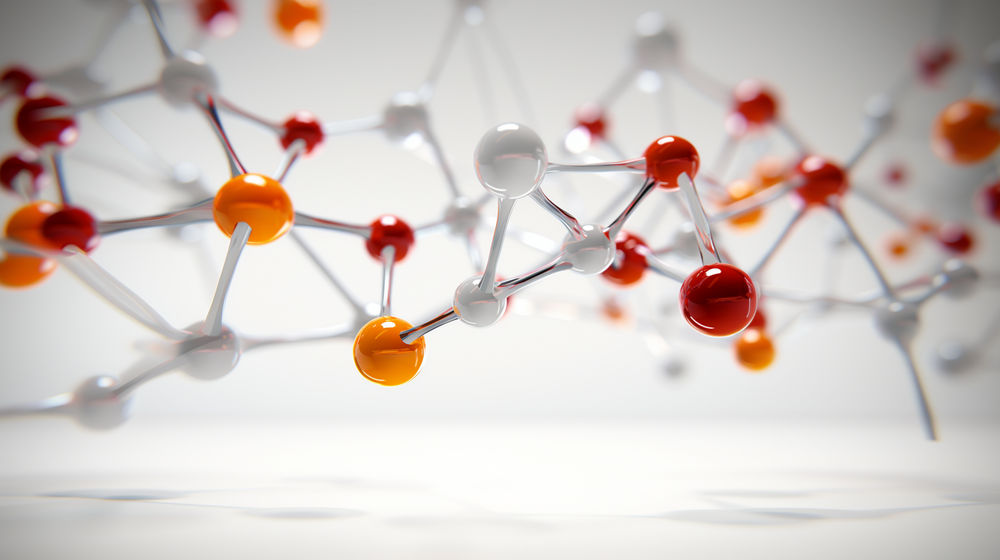Electronic zippers control DNA strands
A research team from NPL and the University of Edinburgh have invented a new way to zip and unzip DNA strands using electrochemistry
Advertisement
The DNA double helix has been one of the most recognisable structures in science ever since it was first described by Watson and Crick almost 60 years ago (paper published in Nature in 25 April 1953). The binding and unbinding mechanism of DNA strands is vital to natural biological processes and to the polymerase chain reactions used in biotechnology to copy DNA for sequencing and cloning.
The improved understanding of this process, and the discovery of new ways to control it, would accelerate the development of new technologies such as biosensors and DNA microarrays that could make medical diagnostics cheaper, faster and simpler to use.
The most common way of controlling the binding of DNA is by raising and lowering temperature in a process known as heat cycling. While this method is effective, it requires bulky equipment, which is often only suitable for use in laboratories. Medicine is moving towards personalised treatment and diagnostics which require portable devices to quickly carry out testing at the point of care, i.e. in hospitals rather than laboratories. The development of alternative methods to control the DNA binding process, for example with changes in acidity or the use of chemical agents, would be a significant step towards lab-on-a-chip devices that can rapidly detect disease.
However, until now, no method has been shown to enable fast, electrochemical control at constant temperatures without the need for dramatic changes in solution conditions or modifying the nucleotides, the building blocks of DNA.
A research team from NPL and the University of Edinburgh have invented a new way of controlling DNA using electrochemistry. The team used a class of molecules called DNA intercalators which bind differently to DNA, depending on whether they are in a reduced or oxidised state, altering its stability. These molecules are also electroactive, meaning that their chemical state can be controlled with an electric current.
Other news from the department science
These products might interest you
Most read news
More news from our other portals
See the theme worlds for related content
Topic world Synthesis
Chemical synthesis is at the heart of modern chemistry and enables the targeted production of molecules with specific properties. By combining starting materials in defined reaction conditions, chemists can create a wide range of compounds, from simple molecules to complex active ingredients.

Topic world Synthesis
Chemical synthesis is at the heart of modern chemistry and enables the targeted production of molecules with specific properties. By combining starting materials in defined reaction conditions, chemists can create a wide range of compounds, from simple molecules to complex active ingredients.





























































